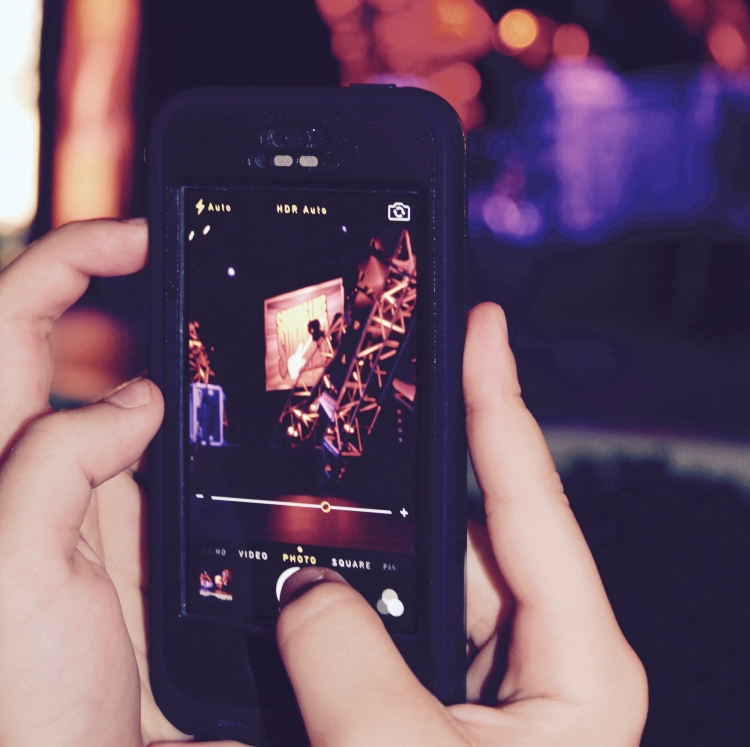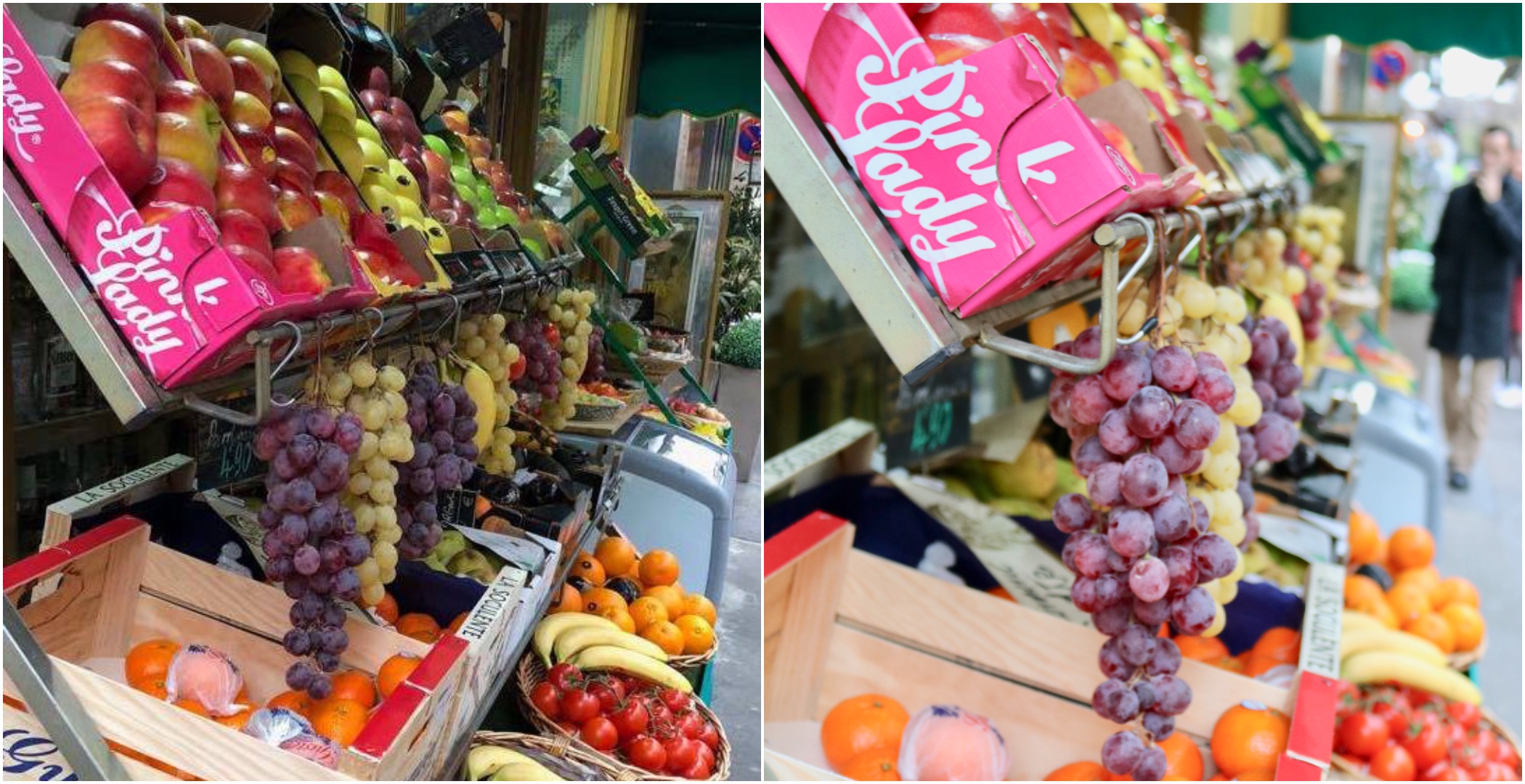Say Apple!

The calculator, the flashlight, the MP3 player; it's just the beginning of the list of the formerly useful tools that are becoming obsolete with the ever-improving technology produced by Apple. Some would consider the camera to be the latest addition to this growing technology obituary.
Apple’s cameras have come a long way since the first iPhone was released in 2007. Over the span of ten years, the phone’s camera has evolved from the original two-megapixel camera to the new twelve-megapixel sensor recently introduced with the iPhone X. This improvement is changing photographic norms, as the iPhone’s camera has advanced enough to realistically compete with a digital single-lens reflex (DSLR) camera. For some, the iPhone camera is enough.
Comparison of iPhone X (top) and Canon Rebel T6i (bottom) cameras. Image credit: Thomas Lopez and Jackie Wegwerth
The cameras are worthy competitors and are allowing anyone with a phone to be considered a photographer by the mere definition of the word. This fact raises the question: can any iPhone user now compete with a professional photographer?
It has never been easier to be a good photographer. The iPhone's camera replaces the need to know how to adjust the white balance, refocus a lens, or fiddle with lighting effects. The pictures produced can, sometimes, look identical to those taken on a DSLR camera. In a matter of seconds, you can take out your phone, tap the screen, and have a decent photograph. In an additional few moments, you can adjust the brightness, contrast, sharpness and more to enhance your image further. Images can be produced without the background knowledge formerly necessary. However, the iPhone only accounts for this lacking skill set to an extent.
The digital camera simplified photography by removing the requirement of an understanding of darkroom procedures to create a photograph. There was no longer a need to know how to roll film, develop it, make a contact sheet, and turn the negatives into positives. The digital camera, however, did not entirely eliminate the demand for an understanding of how a camera functions. Though the automatic function exists, it's still possible, and even recommended in order to get the best results, to adjust the settings to affect the image you capture. The iPhone takes the idea of an automatic function and simplifies it further.
Comparison of iPhone X (top) and Canon Rebel T6i (bottom) cameras. Image credit: Thomas Lopez and Jackie Wegwerth
With an iPhone, you are unable to play with aperture or change the shutter speed. You cannot manipulate the functions of your camera to produce an image in a way that is unrecognized by your phone. The iPhone can make a good photographer; it delivers clear lines and can create a blurred background—the images are well composed. The iPhone can produce a charming picture, but it cannot make a great photographer. Photography is about having a vision, and it is still an art form that, with the simplification of cameras on mobile phones, is being tragically reduced.
The iPhone can blur the background of a photograph and detect your subject. The iPhone cannot frame a picture in a way that asks the viewer to reflect on implied meanings and emotions. The newfound accessibility is challenging the very notion of what it means to be a photographer.
iPhone image (left) compared to DSLR image (right). Image credit: Thomas Lopez and Jackie Wegwerth
It takes more than an impressive camera to be a talented photographer. The definition of a photographer remains to describe a person who produces a photograph. The standard of judging a great photographer is raised to challenge phone and camera owners alike to think deeper about their subject and further engage with their photograph, beyond a mindless tap on a screen.










